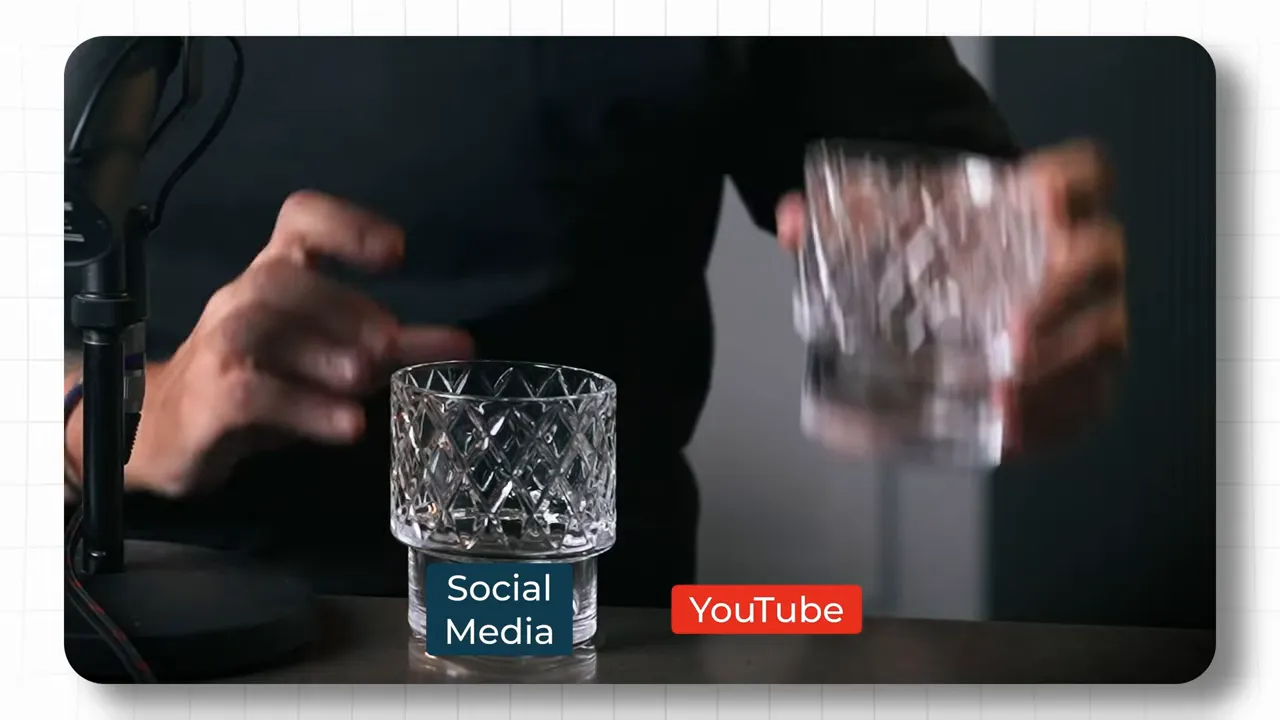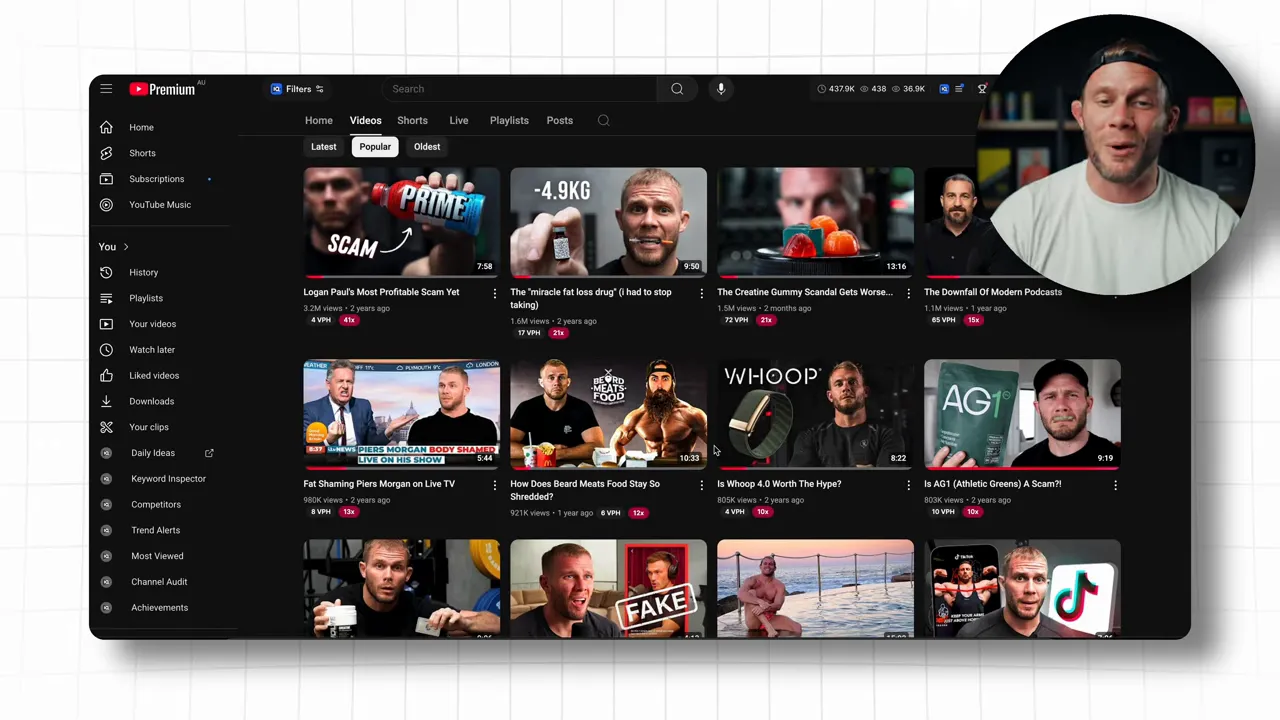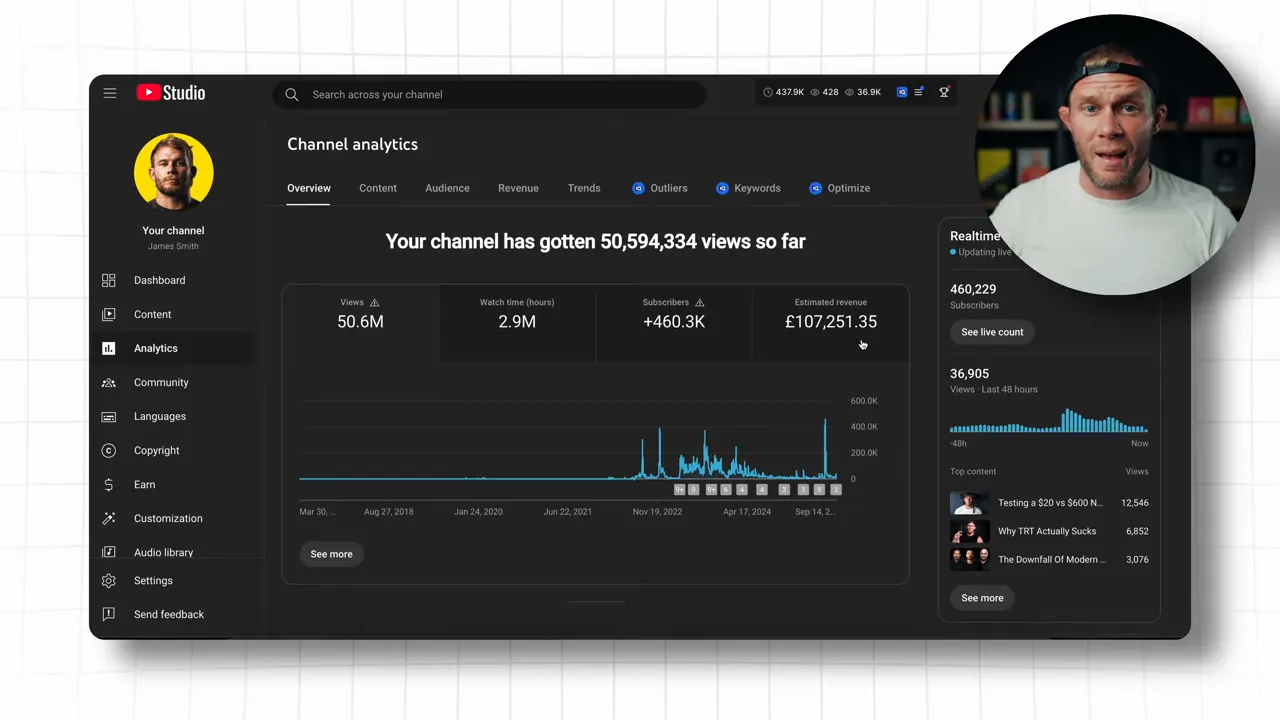Ed Lawrence—who many of you know as the guy with the cool glasses—made a compelling argument that long-form YouTube is ultimately superior because it’s higher quality and more sustainable. We respect Ed and the craft he champions. At the same time, as a Hawaii-focused marketing team and people who’ve used short-form content to grow brands, sell out venues, and turn local businesses into household names, we disagree with the blanket claim that short-form is “easier” or “worse.” Instead, we view short-form as a vital training ground—especially for local Hawaii businesses that need speed, repetition, and authentic storytelling to connect with residents and visitors alike.
Table of Contents
- 1. Short-form gives feedback faster: volume = learning
- 2. Short-form is “pre-season” training for YouTube and larger productions
- 3. Reactions to short-form content teach you to be reactive—and Hawaii businesses need to react fast
- 4. Daily content builds the habit: consistency beats perfection
- 5. Short-form expands reach across platforms and formats
- 6. Short-form is a lower-risk testing ground for messaging and offers
- 7. We must be realistic: YouTube demands more resources—start where you can win
1. Short-form gives feedback faster: volume = learning
One of the most valuable things early-stage content gives you is feedback. When we produce 30 short videos a month rather than four long videos, we get 30 chances to learn what lands, what flops, and what shapes our voice. It’s not just about followers—it’s about our pacing, cadence, and comfort on camera.
“Volume negates luck. You can try to be lucky or you can brute force your way to figuring it out.”
That quote captures the heart of the short-form advantage. For Hawaiian restaurants, tour operators, salons, and service businesses, that rhythm of daily content lets us discover which local references, seasonal offerings, or island stories resonate. That’s how a small surf school can figure out whether sunrise paddle clips, quick safety tips, or micro-interviews with guests best drive bookings.
2. Short-form is “pre-season” training for YouTube and larger productions
Think of short-form as pre-season. Before committing to studio time, complex editing workflows, and a YouTube editorial calendar, you want a confident presenter and a proven creative voice. When we work with local Hawaii businesses at Digital Reach (https://digitalreach.co), we often structure content growth in three stages:
- Get good at what you do and choose a niche.
- Post a lot of short-form content to build camera confidence, editing skills (Premiere Pro, DaVinci, CapCut), and content instincts.
- Transition to long-form YouTube once you’ve accumulated reps and outlier hits.
That progressive overload approach mirrors the training principles we use with fitness clients—small consistent load increases build competence. The same applies to content creation: daily reels and TikToks teach the technical and performance skills you need to succeed on YouTube later.
3. Reactions to short-form content teach you to be reactive—and Hawaii businesses need to react fast
Local Hawaiian businesses live and die by being timely. A sudden change in weather, a last-minute hotel cancellation spike, or a new local event trending in Honolulu demands quick content. Short-form lets us react in hours, not days.
We’ve found that the ability to turn around an edit the same day—post a clip of a sudden beachfront sunset menu special, for example—can drive bookings that a slow, deeply-produced YouTube piece never would have captured at that moment. Short-form content is perfect for the “reactive content” approach that keeps local audiences engaged and drives immediate action.
4. Daily content builds the habit: consistency beats perfection
Many local owners are busy running shops, guiding tours, or keeping guests happy. Telling them to spend a week producing a single YouTube video—and then hoping it performs—is a risky ask. Instead, we encourage 10–45 minute short-form pieces that fit into routines: one reel between reservations, one TikTok while closing up shop, one story during a break.
Short-form creates the habit mechanics. It normalizes the camera, reduces the fear of mistakes, and makes talk-to-camera a default. Over time, that consistency leads to better copy, sharper thumbnails, and quicker technical skills—exactly what you need before a full YouTube pivot.
5. Short-form expands reach across platforms and formats
Posting the same short-form asset to Instagram, TikTok, and Facebook can magnify reach—sometimes the same clip goes viral on one platform but not another. For local Hawaii businesses, that means one piece of content can reach residents on Facebook, tourists planning trips on Instagram, and younger local audiences on TikTok.
We also can’t ignore Stories and carousel posts. Stories have driven massive daily visibility for many of our island clients—sometimes 100,000+ views of day-in-the-life content feels like performing to a stadium. Carousel posts let us showcase local galleries or step-by-step processes. These low-friction formats compound brand familiarity over time.
6. Short-form is a lower-risk testing ground for messaging and offers
Before rolling a seasonal package into a large YouTube campaign, test the headline, price point, and offer via short-form clips. Did the two-night bed-and-breakfast promo get more traction when we showed the breakfast spread or the ocean-view balcony? Short-form gives us quick A/B testing without heavy production costs.
This is especially beneficial for local Hawaiian businesses with tight budgets. The cost of producing dozens of short-form pieces is far lower than the cost of producing multiple long-form videos that may flop. Use short-form to learn what triggers engagement and conversion, then scale the winners into longer content.
7. We must be realistic: YouTube demands more resources—start where you can win
YouTube is a beast: higher production expectations, slower feedback cycles, and stronger emotional investment in each piece. For many small Hawaii businesses, that jump directly to YouTube is overwhelming. We regularly see owners burn out after one or two long videos that “underperform.”
Instead of forcing YouTube prematurely, adopt a staged plan: master short-form, document and analyze, and scale to long-form once you’re confident. If you want external support, we recommend checking resources like our Digital Reach guide and case studies at https://digitalreach.co. We help local Hawaii businesses map that migration from in-person customers to 10%, then 20%, then 40% online revenue—over weeks and months, not overnight.
Practical checklist for Hawaiian businesses starting with short-form
- Commit to 15–30 minutes per short-form piece; don’t overproduce early work.
- Post to multiple platforms, but prioritize the platform where your audience lives—Instagram for tourists planning trips, TikTok for younger locals, Facebook for neighborhood communities.
- Use simple editing tools first: CapCut for quick cuts, Premiere Pro or DaVinci as you scale.
- Record Stories daily to build familiarity—stories are the low-commitment front door for many customers.
- Test offers and wording in reels before creating a dedicated YouTube video or ad campaign.
- Build a resource folder: thumbnails, short hooks, repurposable clips for ads and carousels.
Recommended tools & further reading
For editing: CapCut, Adobe Premiere Pro, DaVinci Resolve. For platform strategy: study TikTok trends and Instagram algorithm shifts. For local SEO and digital strategy, consult our Hawaii guides and case studies at Digital Reach: https://digitalreach.co. If you’re curious about long-form strategy, check Ed Lawrence’s original piece online at https://www.youtube.com/watch?v=y4aLREQsyCA&t=342s to understand the other side of the argument.
We want to wrap with a clear, practical point: short-form is not a silver bullet, nor is it inherently “easier” in every sense. It is, however, indispensable for rapid learning, building confidence, and creating a pipeline of ideas you can scale into higher-investment content. For Hawaiian businesses—where timing, local storytelling, and genuine vibes matter—short-form serves as the training ground that lets you win consistently.
If you’d like a tailored content progression plan for your Hawaii business—whether you run a dive shop in Maui, a boutique B&B in Hilo, or a restaurant in Waikiki—visit Digital Reach (https://digitalreach.co) and review our guides and case studies. We design step-by-step migrations from short-form training to YouTube growth so you can scale sustainably without burning out.
We disagree with the idea that short-form is inferior; instead, we see it as the foundation. Do the reps. Learn fast. Then, when you’re ready, take the leap into long-form with confidence.






